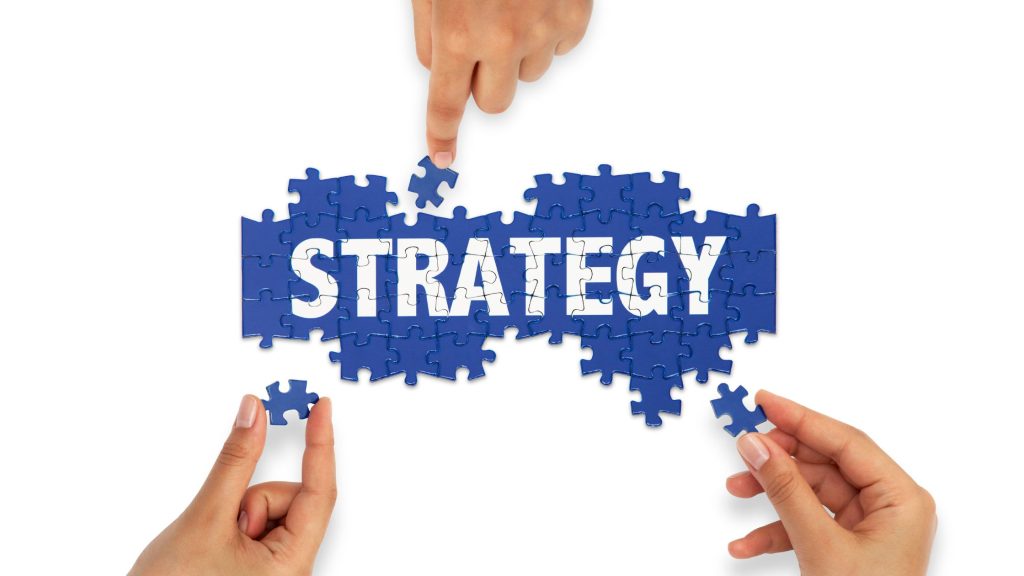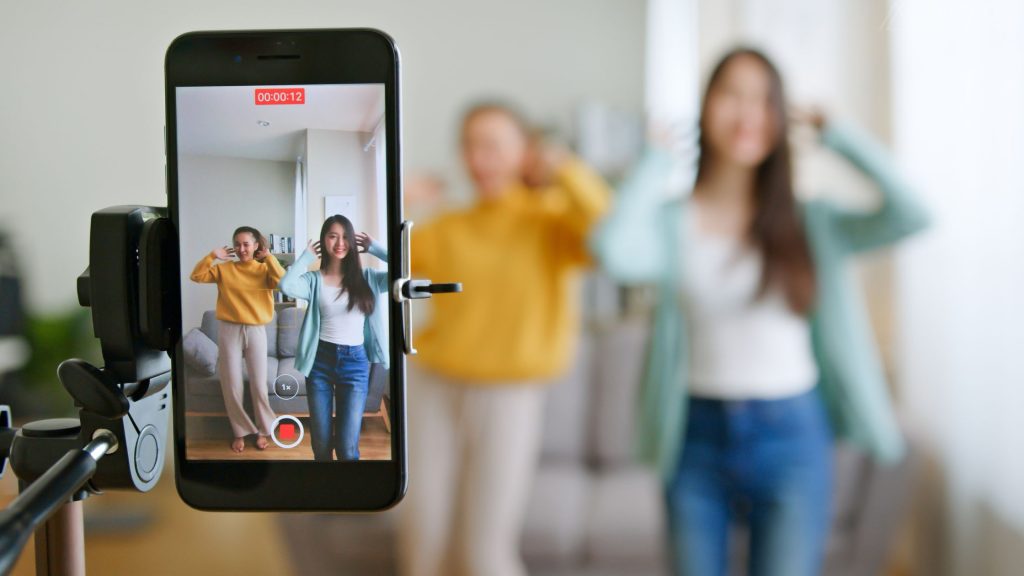The Marketing Experiment No One Tried—Until Now
Marketing, at its core, is a blend of creativity, calculated risk, and the willingness to step into the unknown. For many businesses, the path of least resistance is appealing—SEO, paid social media campaigns, email marketing, and retargeting strategies dominate their efforts. These are tried-and-true approaches, often delivering predictable results. But what happens when you step off the well-trodden path? What if, instead of following the standard playbook, you dare to break the rules, try something entirely different, and see what happens? That is where the magic of unconventional marketing emerges.
Throughout this blog, we’re exploring bold, experimental marketing strategies that businesses have tested—sometimes surprisingly successful, sometimes unexpected in ways they never imagined. These examples demonstrate that thinking outside the box, embracing risk, and experimenting creatively can generate remarkable results.

1. The Silent Sale: Selling Without Words
One of the most fascinating experiments in recent years came from a small e-commerce brand that decided to remove all traditional product descriptions from their website. Instead of the usual bullet-point specs, lengthy features, and persuasive copy, the company relied entirely on:
- High-quality product visuals
- Interactive demos allowing users to explore the product online
- Social proof from reviews and user-generated content
The goal was simple: let the product speak for itself and see if customers could still engage and convert without the usual text-heavy sales pitch.
Results:
- Engagement soared: Visitors were spending significantly more time exploring products.
- Time on page increased: Users stayed 40% longer than average on product pages.
- Conversions improved: Sales increased by 25% despite—or perhaps because of—the absence of copy.
Lesson: Less is often more. In a digital world oversaturated with information, customers can feel overwhelmed by too much detail. Allowing them to explore products visually and interactively fosters curiosity and trust. The “silent sale” experiment illustrates that sometimes, removing the noise can create a more compelling user experience and even improve conversions.

2. The Reverse Discount Strategy
Discounts are a staple of marketing. Brands often assume that lowering prices is the most effective way to attract attention and drive sales. But one daring company decided to flip the script entirely. Instead of a traditional sale, they implemented a “reverse discount” strategy, raising prices for a limited time while framing it as “exclusive access” to a premium product.
Results:
- Perceived value increased: Customers associated the higher price with exclusivity and quality.
- Sales rose: During the premium pricing period, sales increased by 15%.
- Social buzz grew organically: Customers discussed the promotion on social media, generating free exposure.
Lesson: Scarcity and exclusivity can sometimes outperform standard discounts. Customers respond positively to experiences that feel unique or high-end. This experiment proves that creative pricing strategies—when paired with a strong narrative—can generate engagement and even higher sales than conventional tactics.

3. Abandoning Ads in Favour of Community Building
Paid advertising dominates most SaaS marketing strategies. Ads drive traffic, retarget users, and generate leads. But one SaaS company took an unconventional approach: they paused all paid ads for three months and instead invested in creating a vibrant, private online community for their users.
The company offered:
- Webinars on relevant industry topics
- Challenges and gamified engagement activities
- Spotlights on user achievements
Results:
- Organic referrals doubled: Community members shared the brand more often than previous advertising campaigns could achieve.
- Customer retention improved: Retention rates increased by 30%.
- Brand loyalty soared: Users felt more connected to the company and invested in its growth.
Lesson: Sometimes the most powerful marketing isn’t about ads or promotions—it’s about creating genuine connections. By focusing on building a community that advocates for your brand, you can drive growth organically. This experiment highlights that long-term engagement and loyalty often outweigh short-term traffic spikes generated by paid campaigns.

4. TikTok Before You’re Ready
TikTok has become one of the fastest-growing social media platforms, yet many businesses approach it cautiously, hesitant to invest in a format they don’t fully understand. One local business decided to dive in early, posting quirky behind-the-scenes content, humorous skits, and candid staff moments—without worrying about perfection.
Results:
- One video went viral: It reached over 100,000 views in a single week.
- Website traffic surged: New visitors discovered the business via TikTok.
- Increased relatability: The brand became more approachable and human, which helped attract new customers.
Lesson: Platforms like TikTok reward creativity and authenticity over polished, corporate-style content. Bold experimentation, even without a fully refined strategy, can position your brand ahead of the competition. Being early and genuine can generate engagement and brand awareness that more conventional strategies might miss.

5. Customer-Controlled Campaigns
Engaging customers directly in your marketing strategy can be an extremely effective—and unconventional—approach. One brand allowed customers to vote in real-time on:
- New product designs
- Marketing slogans
- Ad copy and campaign concepts
By giving fans partial control over the marketing process, the company not only engaged users but also generated authentic content directly from its audience.
Results:
- Engagement skyrocketed: Users participated actively and shared their involvement on social media.
- Stronger emotional connection: Customers felt valued and connected to the brand.
- Sales improved: Products selected or influenced by fans outperformed traditionally developed products by 35%.
Lesson: People crave involvement and the opportunity to be heard. Allowing customers to shape aspects of your marketing strategy creates loyalty, encourages sharing, and can even boost revenue. Customer-controlled campaigns demonstrate that engagement and co-creation are more than just trends—they are powerful tools for modern marketing.

6. The Unexpected Partnership
Strategic partnerships often involve brands in similar industries. But one small brand took a bold step by partnering with a seemingly unrelated business, such as a coffee shop collaborating with a local bookstore. Together, they ran joint promotions, produced shared social content, and organized in-store experiences.
Results:
- New audiences reached: Both brands gained exposure to highly targeted groups they hadn’t reached before.
- Sales and foot traffic increased: Both businesses benefited financially.
- Content was widely shared: Social media activity increased because the collaboration felt unique and fresh.
Lesson: Partnerships don’t need to be obvious to be effective. Unexpected collaborations can create buzz, expand audiences, and provide unique marketing angles. This experiment highlights that creativity in partnership selection can yield results far beyond conventional co-branding strategies.

Key Takeaways from These Experiments
These unconventional marketing strategies provide several essential lessons for businesses willing to experiment:
- Be Brave: The biggest results often come from ideas no one else dares to try. Fear of failure can limit growth—boldness is a competitive advantage.
- Measure Everything: Even the most creative experiments need data to evaluate impact. Metrics are essential to understand success and refine approaches.
- Embrace Risk: Not every experiment will succeed—but each one provides valuable insights that can guide future campaigns.
- Think Differently: Question assumptions about marketing norms, pricing, messaging, and content formats. Creativity often lies in challenging the status quo.
- Listen to Your Audience: Engagement is a signal of resonance. Observing audience behaviour, feedback, and interaction patterns is critical to shaping successful campaigns.

Final Thoughts
The marketing experiment no one tried—until now—proves that unconventional strategies can yield surprising, transformative results. By eliminating traditional copy, experimenting with pricing models, leveraging community-building over advertising, embracing early platforms like TikTok, letting customers influence campaigns, or partnering in unexpected ways, brands can stand out in an oversaturated market.
Innovation requires courage, creativity, and a willingness to break free from the ordinary. For businesses that are ready to push boundaries, the next viral campaign may not come from following trends or replicating competitors—it may come from a bold, unexpected idea that no one else has dared to try.
So, ask yourself: what untried experiment could your brand attempt today? The answer may lead to your next breakthrough, capturing attention, building engagement, and driving measurable growth. In the world of marketing, those who experiment boldly are often the ones who succeed spectacularly.
Categories
Latest Articles
Stay up to date
with news and
educational information
[hubspot type=”form” portal=”5213843″ id=”b19f3e1c-0beb-4946-9d04-2bb47dfa17e0″]











Leave a Comment
You must be logged in to post a comment.